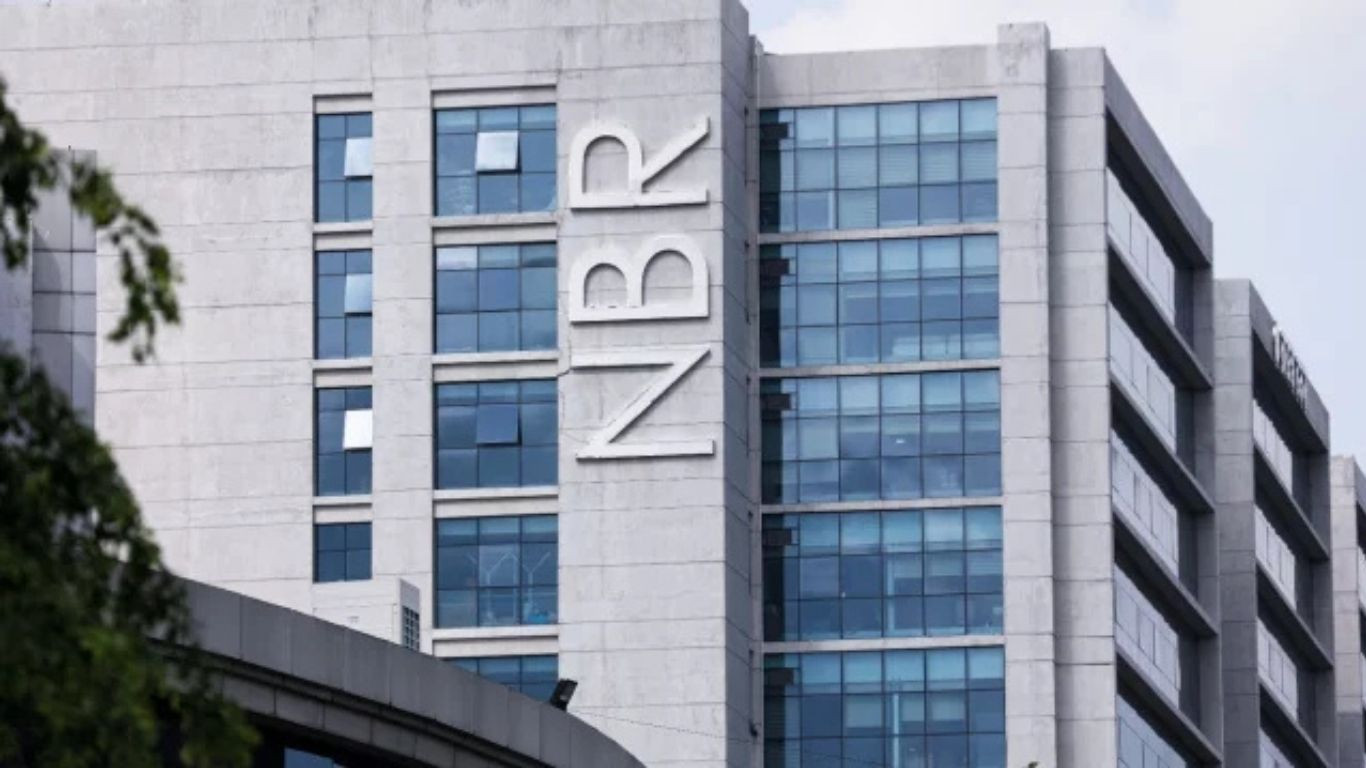OpenAI’s Massive Microsoft Bill Exposes the Cost of the AI Race

Leaked documents reveal billions in revenue and compute spend
Newly leaked financial documents have offered one of the clearest looks yet at how much OpenAI pays Microsoft to power its AI tools. According to reporting based on the documents, Microsoft received hundreds of millions of dollars in revenue-share payments from OpenAI in 2024, with the figure rising sharply in the first three quarters of 2025. The arrangement reflects a complex partnership in which OpenAI both pays for Azure cloud capacity and shares a portion of its sales, while Microsoft also sends part of its own AI-related revenue back to OpenAI. For investors and regulators watching the AI boom, the numbers underline just how capital-intensive today’s leading models have become.
The documents suggest OpenAI’s revenue has climbed into the billions of dollars a year, but that its compute costs are racing upward as well. Much of the spending is tied to “inference,” the cloud compute required every time users query a model like ChatGPT or run an API call inside their own applications. Sources quoted in the TechCrunch report indicate OpenAI may now be spending amounts on inference that are comparable to, or even larger than, what it brings in as revenue over certain periods. That dynamic reinforces a key question hanging over the AI sector: can even the most successful labs make their products sustainably profitable without raising prices or finding entirely new business lines.
Power imbalance and policy concerns in the AI stack
The figures also highlight how much leverage a handful of cloud giants hold over the AI ecosystem. OpenAI has historically relied on Microsoft’s Azure platform for most of its compute, complemented by deals with other infrastructure providers. That dependency means Microsoft not only benefits from revenue sharing but also effectively controls a key input cost: access to the specialized chips and data centers needed to run frontier models. Smaller AI startups, which often also rent capacity from the same clouds, may find it even harder to negotiate pricing or terms.
The leak lands as governments debate whether to treat AI infrastructure as critical national technology. Some policymakers argue that concentration of compute in a few U.S. and Chinese tech firms poses systemic risk, especially if business pressures push labs to cut corners on safety or transparency. Others say the scale and security requirements of advanced AI leave few viable alternatives to mega-clouds. For now, the OpenAI–Microsoft partnership remains the clearest example of how tightly model builders and cloud platforms are entwined—and how expensive that relationship has become at the peak of the AI arms race.




















